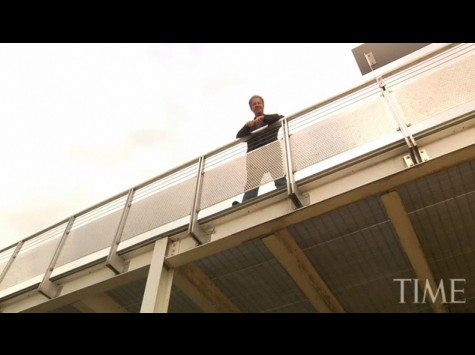Of course, 2009 is the International Year of Astronomy, and half-way through this important year, we’ve seen some amazing feats of science. We’ve been fixing telescopes in orbit, assembling space stations, peering deep into the cosmos with a vast suite of telescopes, we’ve acquired new and improved techniques to analyse data and we’re on course for even bigger discoveries in the run-up to 2010.
So this evening, I receive word from science comedian Brian Malow that he hosted a TIME.com video all about Galileo and the history of astronomy.
It’s superb!
If you wanted a one-stop overview of the spirit behind IYA2009, this is it. It’s witty, informative and above all, it’s entertaining — all the things this special year for science should be about.
Follow Brian on Twitter: @sciencecomedian


Too bad Malow gets it wrong as so many others do: Nothing whatsoever that Galileo saw in his telescopes came even close to a *proof* of heliocentrism as all observations also fit the Tychonean world model with the Earth at the center and the Sun – with all the planets – moving around it. This view was also more compatible with the ancient ideas about physics than the Copernican system, and thus Tycho's “compromise” thrived for many decades – until Newton's insights made the Copernican view seem so much more, err, logical. When Galileo was dead for half a century already. The *visible* proof for heliocentrism came even later in the 18th century with the discovery of aberration of starlight. The IYA is a unique opportunity to set the record straight – it's a pity it didn't happen here …
Too bad Malow gets it wrong as so many others do: Nothing whatsoever that Galileo saw in his telescopes came even close to a *proof* of heliocentrism as all observations also fit the Tychonean world model with the Earth at the center and the Sun – with all the planets – moving around it. This view was also more compatible with the ancient ideas about physics than the Copernican system, and thus Tycho's “compromise” thrived for many decades – until Newton's insights made the Copernican view seem so much more, err, logical. When Galileo was dead for half a century already. The *visible* proof for heliocentrism came even later in the 18th century with the discovery of aberration of starlight. The IYA is a unique opportunity to set the record straight – it's a pity it didn't happen here …